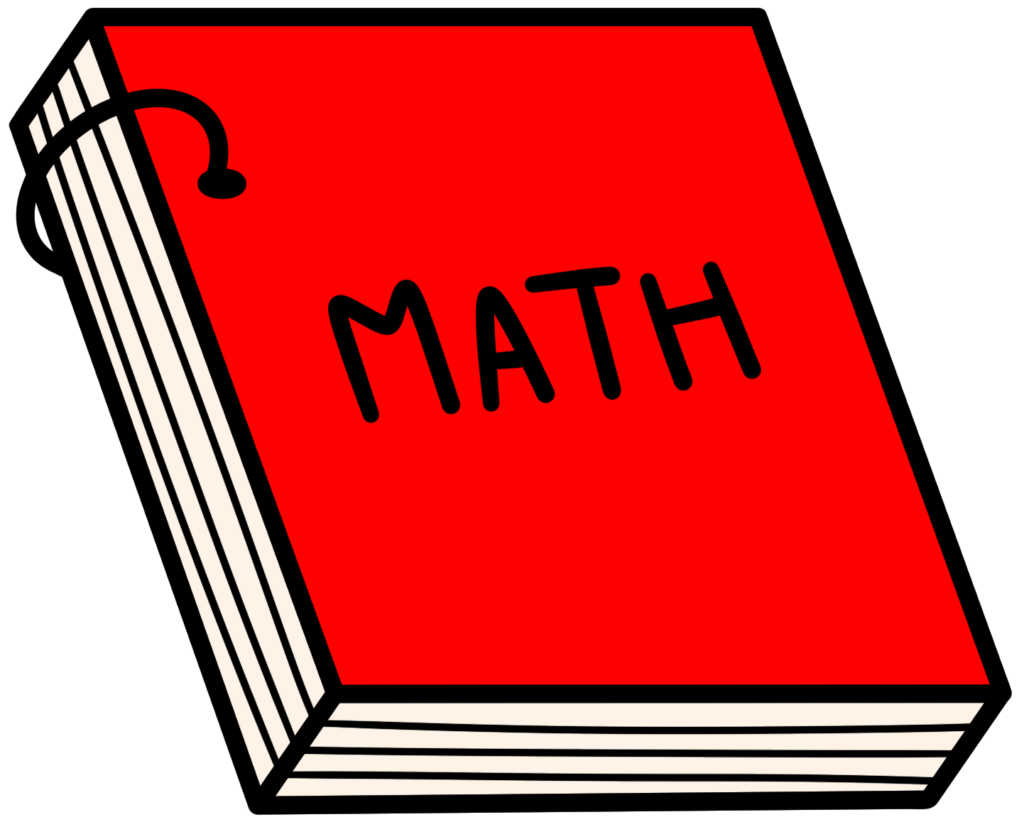Just imagine! As a teacher, you are excited to teach every day! Kids look forward to class! Parents cannot find enough words to express their thanks! Imagine principals elated to arrive at work, surrounded by teachers and staff that love their job! Keep reading to discover how to create an educational transformation in grades K-5.
# 1 Positive Outcomes for Teachers
Before this post, I wrote another post titled, “K-5: How to Meet Challenges with Solutions” in which I shared the challenges elementary teachers face when teaching elementary math in traditional settings. Click on the title link below to access this post.
K-5 Math: How to Meet Challenges with Solutions
A. K-5 Teacher Transformation
Now, Let’s consider the following. What if K-5 schools catered to teacher strengths? What if there were schools that provided teacher flexibility by allowing teachers to teach their favorite subject? This method is commonly used in middle school and high school.
Why not provide this option for grades K-5 as well? K-5 students have separate teachers for gym, art, and music. Why not include reading, language arts, math, and science?
On a side note, this would also provide more movement opportunities for kids who can’t sit still in class. going from room to room would provide more exercise.
Imagine the joyful shouts from teachers who love to teach reading though begrudgingly teach math. You might hear the following:
“Hurrah! I do not have to teach math anymore!”

B. Positive Outcomes
Furthermore, such an opportunity to teach your favorite subject may empower you to be even more motivated and creative with lesson planning. It is also much more motivating to go the extra mile to create and plan special, engaging learning opportunities.
Why?
You are teaching a subject or subjects you love to teach. What a relief to no longer juggle
all subjects, tossing a dice to see which subject gets a front-row seat for the next day’s lesson plan.
In addition, if you teach the same subject to more than one grade, you are more aware of subject matter that requires more re-enforcement.

For example, in a third-grade class, I would emphasize multiplication facts and explain other ways multiplication is applied in everyday life, such as finding the area of a room to determine the amount of carpet needed.
I would also emphasize multiplication fact memorization as it provides students with increased math fluency for other math topics from third grade and forward. Though I must teach other math content, multiplication facts will be reviewed and applied throughout the year.
Imagine job satisfaction. You awake every school day excited to teach. You will leave with a sense of accomplishment and fulfillment!
#2 K-5 Student Transformation
A. Student Response in the Classroom
Likewise, when you love the subject you teach, students will sense your excitement! This excitement is contagious.
When class begins, students are alert and ready to learn. Students are engaged, focused, and excited to learn new material. Eyes are on you, as they do not want to miss anything.
No longer do students dread a particular subject. They can’t seem to get enough.
B. Student at Home
At home, students gleefully share details regarding their school day. They may share a joke or funny story you told to help make information easy to understand. Maybe a student tells of a fun, hands-on activity, or practical application.
As students reflect on math concepts of the day they may mention any of the following scenarios:
“Hey, Mom, today I learned how to find the best buy at the grocery store looking for tags listing the unit price. We also learned how to find the unit price between similar items when the unit price is not posted.”
“We had so much fun, this week! Our class took measurements of the entire school and each room. Next week we will create a blueprint for a smaller model using ratio and proportion. A local architect will visit our class to explain more.
“My teacher said we are having a recycling competition with Mr. Benson’s class for eight weeks. At the end of every week, weigh what we have collected. The amount weighed will be recorded on a graph. The class with the greatest weight in recycled items will win a pizza party!”
If you love science, social studies, or reading, imagine how meaningful you could make it, given the opportunity to focus on only one or two subjects.

#3 Positive Outcomes for Parents: Grades K-5
Parents give a sigh of relief that their child loves school.
They share that their child completes homework without being asked.
Excitement about school may also increase parent interest in their child’s success in school.
No longer is it a struggle to get the child out of bed on school days.
Parents report a lower rate of illness on school days.

#4 Subject Collaboration: Grades K-5
In addition, students need to observe how subjects are interconnected. For example, for a student to complete a math word puzzle or math word problem, students need to be able to read. Science applications may require math calculations. Graphing concepts learned in Math may also be useful for interpreting data charts observed in Social Studies and Science.
Another example of subject collaboration may be observed through S.T.E.M. and S.T.E.A.M. programs.
S.T.E.M.: Science, Technology, Engineering and Math
S.T.E.A.M.: Science, Technology, Engineering, Arts and Math
If you are unfamiliar with these programs, visit the links below.
Conclusion
When teachers choose subjects they wish to teach, they are more motivated and driven to teach them well. This results in inspired teachers, motivated students, delighted parents, and happy administrators.
What a wonderful world it would be!
Image Credit:
https://www.teacherspayteachers.com/store/art-by-ari


Looking for More Materials?
Click the button below to view more of my educational resources!
